Welcome to the career sweet spot: an industry where the demand for skilled workers is higher than the supply of professionals to fill jobs. It’s a place where salaries are high and workers with sought-after skills can write their own ticket to a rewarding career.
Here, we cover the latest data on the job scene, plus where you can train for a career in additive manufacturing, and well as job boards to find that perfect fit.
In 3D printing – also called additive manufacturing by the pros who work in it – the technology is growing faster than professionals are up-skilling to cover specific 3D printing roles, according to Nick Pearce, founder of Alexander Daniels Global, an industry recruiting firm. This makes conditions ripe for engineers, industrial designers, and even skilled 3D printing hobbyists who can quickly assimilate new technical knowledge to land a dream job in additive manufacturing.
Despite a 346% increase in available jobs within additive manufacturing in 2021, posted on LinkedIn, in North America, according to the survey, 2022’s economic uncertainty led to another round of layoffs. “There is certainly a demand for talent, but with the little growth in the industry, it will be tough to meet the demand of the industry,” says Pearce in Alexander Daniels Global’s “2022 Additive Manufacturing Salary Survey.”
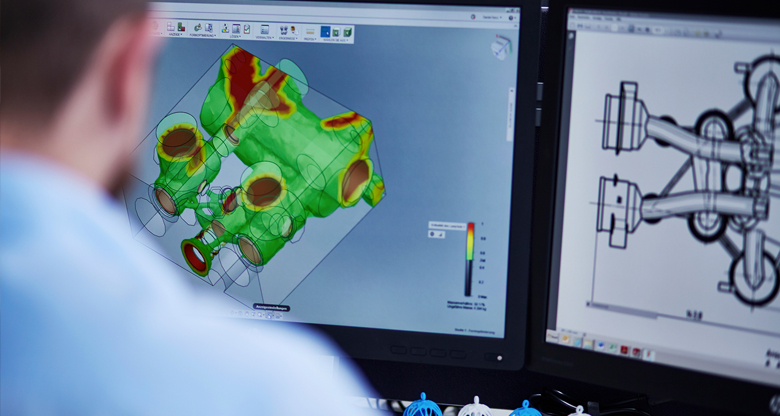
Whether it’s in research or development, engineering, sales, 3D software applications, or consulting, there’s a “global war for talent,” according to Pearce. “The demand for talent has always outstripped the supply, with significant hiring challenges in critical areas like software, materials, and to a lesser extent sales, service, and applications.”
Although the pandemic led to a job search spike, the current economics have slowed the job search. The Alexander Daniels Global salary survey in 2021 found that there were 22 candidates to every 3D printing job opening across Europe and North America, but the 2022 survey found only 16 candidates for every job opening. “This talent scarcity is an ongoing issue for hiring organizations in additive manufacturing, and this year it seems the industry has taken a step backward,” says Pearce. As the world opened back up post-Covid, the AM talent market did not. “Instead, what we find is that there has only been a marginal growth in the number of AM professionals in North America and a stagnation in the growth of the European talent market.”
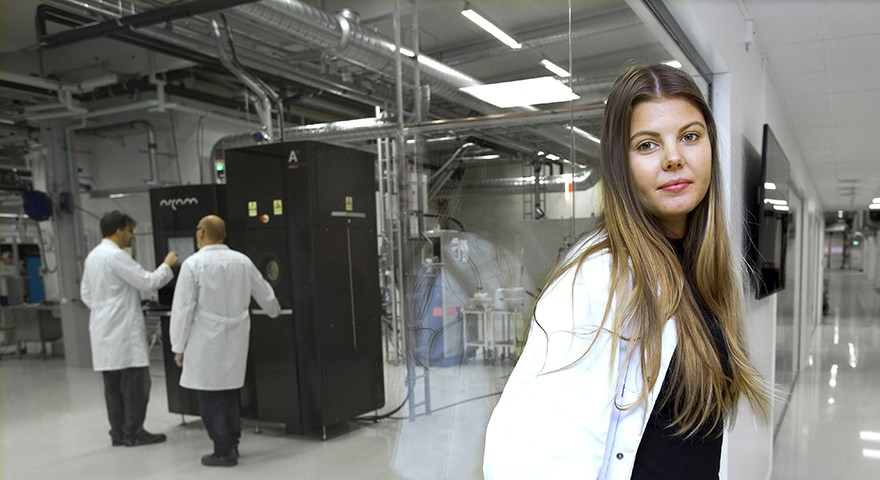
“The biggest piece of advice I have … is to make sure you have a solid background in the technology, either through a certificate program or an academic degree and then go out and get practical, hands-on experience, such as with an internship,” says Pearce.
That combination of knowledge and experience is what most companies are looking for today but have a difficult time finding. “It’s very difficult for us to find people with the level of skills that most companies in additive manufacturing are looking for because other industries – whether it’s aerospace or robotics or traditional manufacturing – are looking for them, too,” notes Pearce.
According to the Daniels survey results, the majority of AM professionals have between 6 and 10 years of experience working in additive manufacturing.
To lure the talent they need, companies are offering attractive compensation packages despite the fact that 44% of workers in AM say they are not compensated fairly. Pay for a manager in additive manufacturing with 5 to 10 years of experience is between $70k and $125k, according to the Alexander Daniels Global industry research. Executives with more than 15 years of experience can expect a paycheck between $108k and $194k.
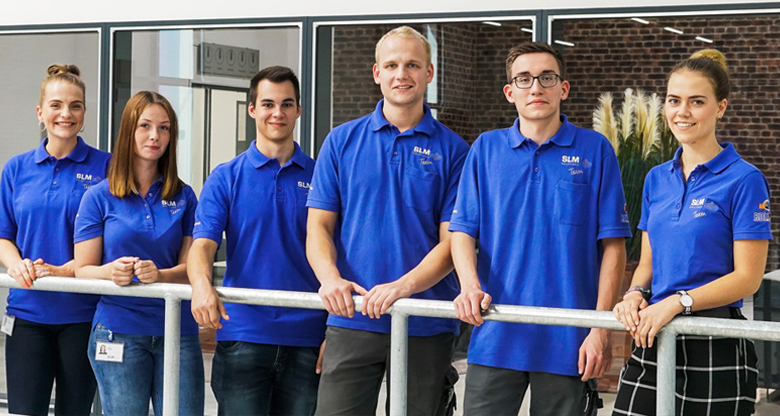
Of course, careers in additive manufacturing are for more than just engineers.
Many new career possibilities have been made possible by 3D printing, such as R&D at 3D printer manufacturers and part fabrication at 3D printing service bureaus, but existing fields have been heavily impacted, as well. In fact, there’s a wide range of opportunities in every industry touched by the technology, which ranges from aerospace to fashion, automotive to healthcare, and software to construction. If you’re in any of these industries already, adding 3D printing expertise to your skillset will boost your career prospects.

So, where do you learn the ins and outs of additive manufacturing?
Aside from the university engineering and design programs we cover below, which are rapidly boosting their focus on 3D printing, there’s a wide range of online instruction and certificate programs available whether you’re already an engineer, in an industry impacted by 3D printing, or just starting out.
Certificate Programs, Courses & Self-Study Ops
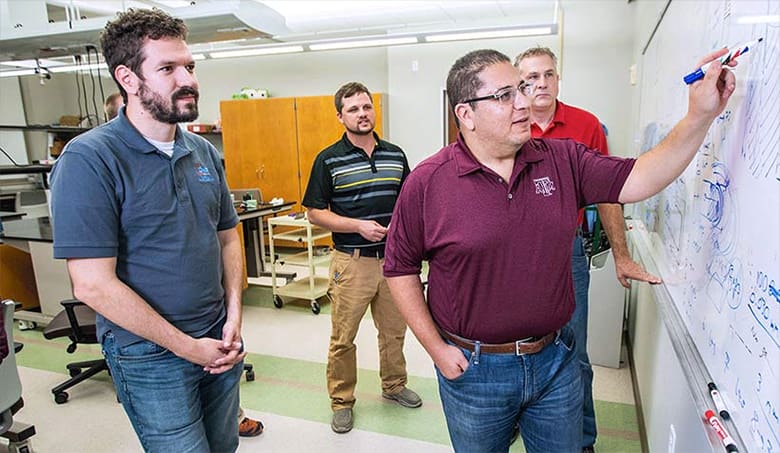
Certification programs, some of which will only take a few days or weeks of your time, either in person or online, enable you to walk away with verifiable skills. Also consider gaining hands-on experience through an internship or approaching someone in the industry to be your mentor. There are also a wide range of free webinars hosted by printer manufacturers that cover not only their own technology, but broader topics that can apply to any job or industry.
Additive Manufacturing Certificate Programs
Self-Study Material & Courses
Additive Manufacturing at University

Additive manufacturing is likely covered in-depth in all university engineering programs today, but some now offer it as a degree on its own. In addition, universities worldwide, including the University of Bayreuth in Germany and the Auckland University of Technology in New Zealand, have established additive manufacturing research and development centers to advance the technology and train the next generation of manufacturing innovators.
For a full list of bachelor’s and master’s degree programs, visit our guide at the link below.
For a deeper look inside additive manufacturing at leading institutes of higher learning, visit our guide to the top university 3D printing labs at the link below.
Job Boards & Current Openings
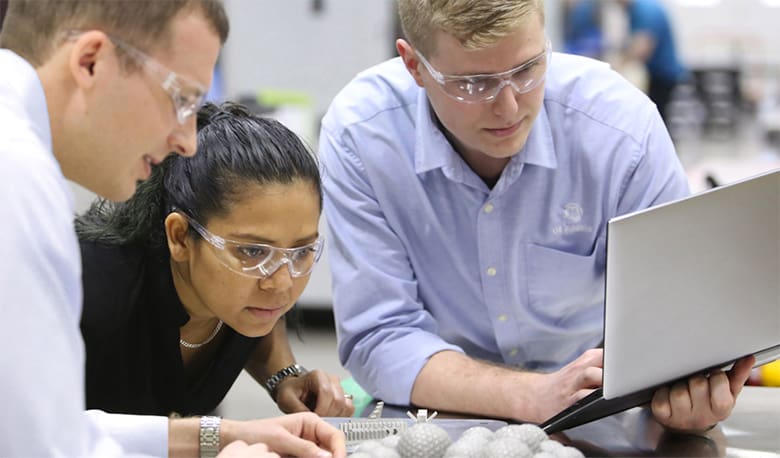
Once you have the additive manufacturing skills companies are looking for, it’s time to apply for jobs and approach your top employer choices. In addition to the well-known job search websites, such as Monster, LinkedIn, and Career Builder, recruiters specific to the additive manufacturing industry, including Alexander Daniels Global, have their own job boards. Also, check out these AM job boards:
If you have a 3D printing company in mind that you’d like to work for, keep tabs on the career page of their website for job updates. Below are links to some of the larger employers in AM. If you’re looking to get in on the ground floor of a smaller start-up or mid-size company in 3D printing, be sure to follow them on LinkedIn and Twitter for job announcements.
Open Jobs at Top AM Companies
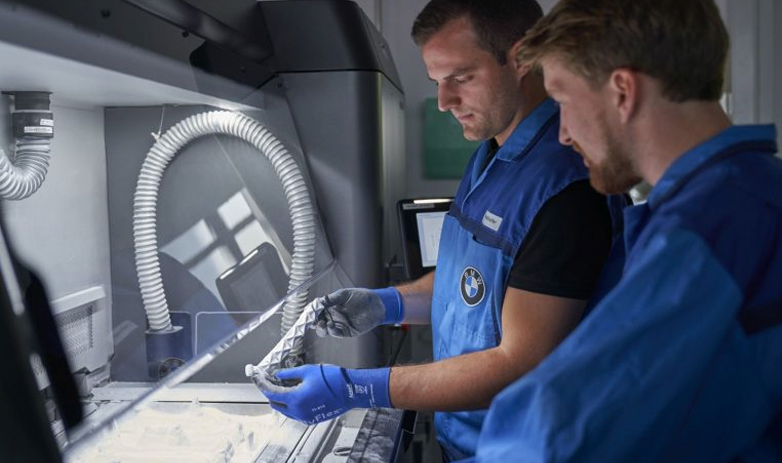
Social Media Job Groups
Social media platforms, such as LinkedIn, Xing in Europe, and even Facebook are great places to connect with other job seekers, employers, and recruiters.
LinkedIn Groups:
- AD Global – 3D Printing / Additive Manufacturing Jobs
- Additive Manufacturing (AM) – Rapid Prototyping (RP), Tooling and Direct Manufacturing -3D Printing
- Additive Manufacturing Users Group (AMUG)
Facebook Groups:
- Advanced/Industrial 3d printing
- Metal Additive Manufacturing
- Additive Manufacturing: Tech & Applications
- Design for Additive Manufacturing (AM) & 3D Printing
- 3D Printing & Additive Manufacturing
Lead image source: A metal 3D printing technician at the Siemens company Materials Solutions, Worcester, UK (Source: Siemens)
License: The text of "Jobs in Additive Manufacturing: How to Get One" by All3DP Pro is licensed under a Creative Commons Attribution 4.0 International License.

